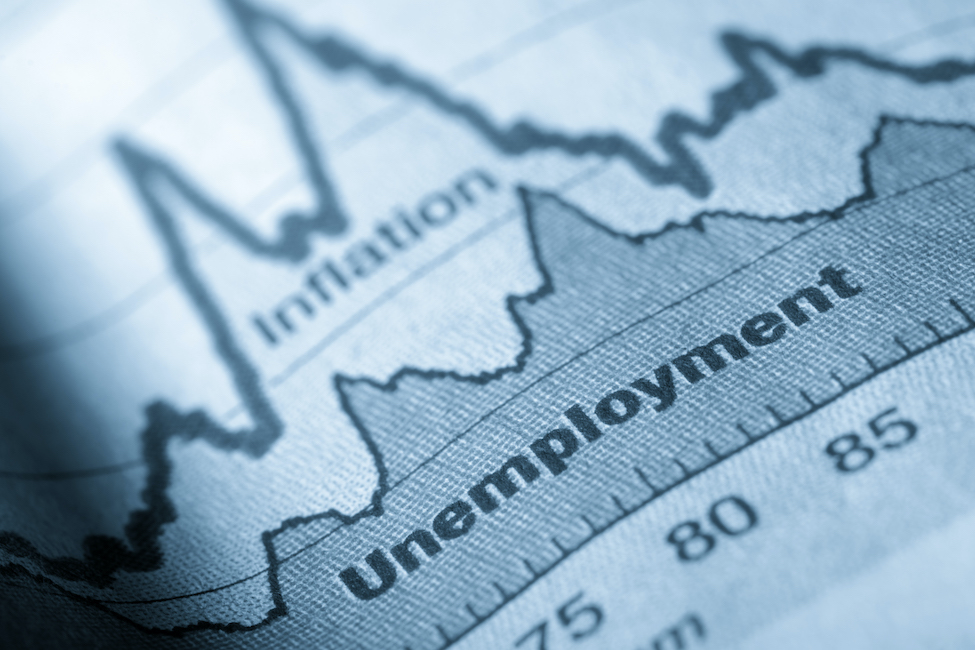FAU Experts Say Unemployment Numbers Point to Faster Economic Recovery

The U.S. unemployment rate fell to 13.3 percent in May, and the latest report from the Bureau of Labor Statistics suggests the economic recovery from the coronavirus crisis could be much faster than many people expected, according to Rebel Cole,Ph.D. and William Luther, Ph.D., professors in Florida Atlantic University’s College of Business.
Cole, whose expertise includes unemployment, financial institutions, commercial banking and small business finance, noted the labor force (employed plus unemployed) increased by 1.6 million, but remains 6.3 million below what it was in February.
Still, Cole called the latest jobless numbers “stunningly positive,” especially considering the report’s reference week was May 10-16, meaning it does not reflect the continued re-opening of America that has occurred during the past three weeks.
Luther, who studies economic growth, monetary policies, business cycles and cryptocurrencies, estimated that economic output could return to 80 percent or more by the end of August, though a complete recovery will take much longer.
While many predicted a decrease in employment for May, employment actually increased by 3.84 million from April to May, he said. Correspondingly, rather than rising, the total number of unemployed people fell 2.09 million. The May unemployment rate is down from 14.7 percent in April and in sharp contrast to the 20 percent unemployment rate some professional forecasters were predicting.
The fast turnaround reflects the gradual lifting of economic restrictions in many states and reduced fears of consumers, workers and business owners, who have a better understanding of the risks of COVID-19 than they did in mid-March when the slowdown in activity began.
“The global pandemic has been incredibly disruptive,” Luther said. “But it has had a limited effect on our long-run ability to produce and the kinds of goods and services we like to consume. We have the same machines and equipment that we had in February, and the same educated workforce required to use them. We still want to go to the dentist, get a haircut, enjoy a nice cocktail. None of that has really changed. We have just been waiting to do those things until we believed it was relatively safe, and until it was legally permissible.”
While the speed of the recovery suggested by the jobs report is surprising, the fact that people are returning to work is not surprising at all, according to Luther. Of the 20.6 million unemployed people in April who had lost their jobs or ended temporary employment, 87.6 percent were on temporary layoff, and 2 million had permanently lost their jobs.
“The fear at the time was that some of these temporary layoffs would become permanent, as business unable to stay afloat began to close,” Luther added. “Fortunately, that does not appear to be happening to the extent many anticipated. In May, 83.9 percent of the nearly 18.3 million unemployed persons who had lost their jobs or ended temporary employment were on temporary layoff. Fewer than 2.3 million have permanently lost their jobs—more than April, but still far less than was feared.”
Despite the optimism, there will be long-lasting costs, with some businesses closing and more are sure to follow, Luther added.
-FAU-
Tags: faculty and staff | business